Site of the Boston Tax Riot
One of the indelible moments of the American Revolution took place at this location.
Boston riots harken back to the earliest days of the city. Its residents seem to have a way of coming together in angry mobs against things they don’t like: baseball team losses, social unrest, or in this case, the Stamp Act of 1765.
This time the violence was directed at Andrew Oliver, a man appointed to enforce and profit from the Act, whose purpose was to tax each and every piece of printed paper used by American colonists. An effigy of Oliver was beheaded and burned. Then the mob trudged to his home, where they stoned and vandalized it. Oliver fled to the fort now known as Fort Independence, nearby. These riots took place in the South End and near Fort Hill in Boston.
Almost two weeks later, crowds set out to dismantle the home of Lieutenant Governor Hutchinson, who had attempted to quell the mob in the first riot, and who supported the Act. They tore up parts of his home and yard on the night of August 26, 1765, creating serious damage. The mansion was located on Garden Court Street at the edge of North Square. He and his family narrowly escaped with their lives.
Know Before You Go
Intersection of Garden Court St. and North Square.


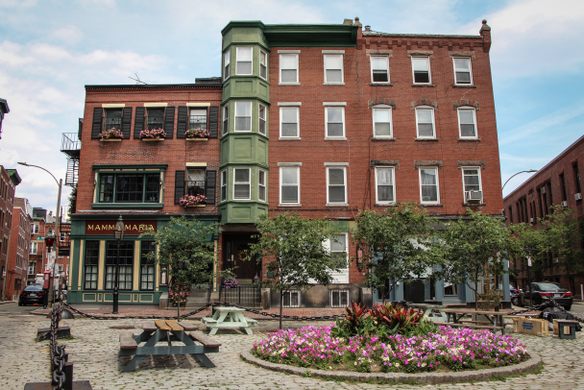
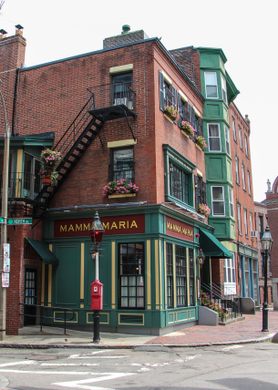
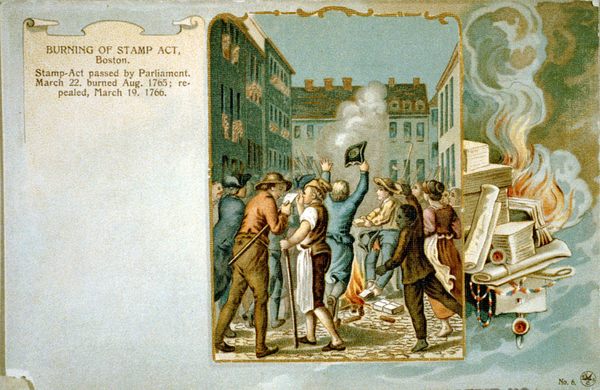














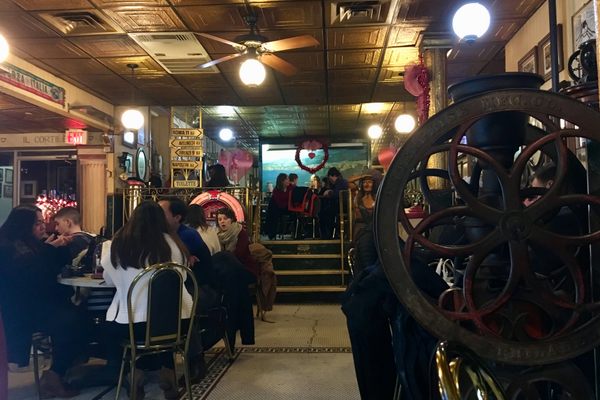



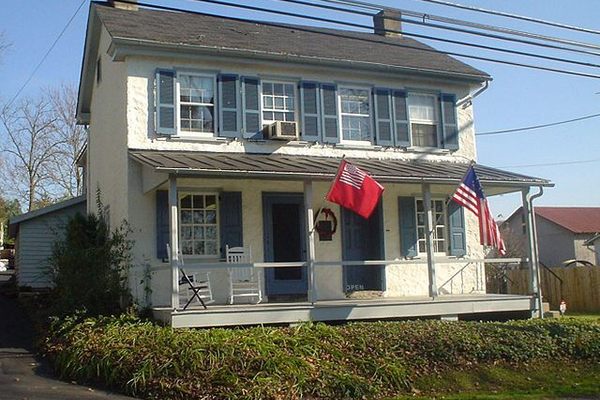
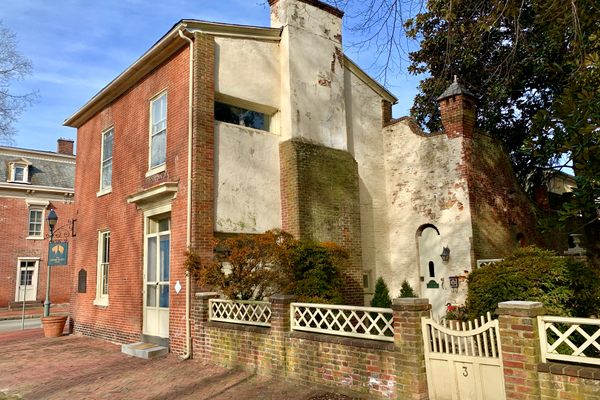

Follow us on Twitter to get the latest on the world's hidden wonders.
Like us on Facebook to get the latest on the world's hidden wonders.
Follow us on Twitter Like us on Facebook